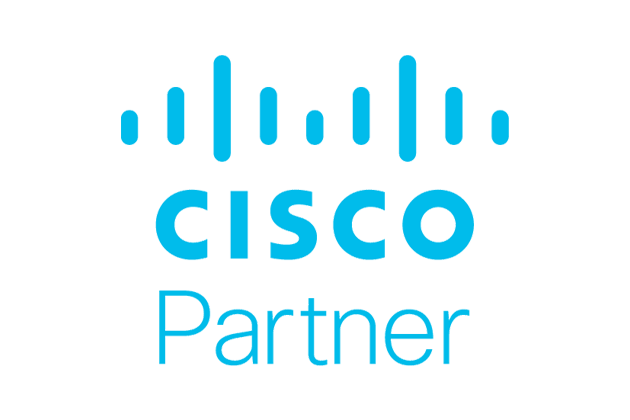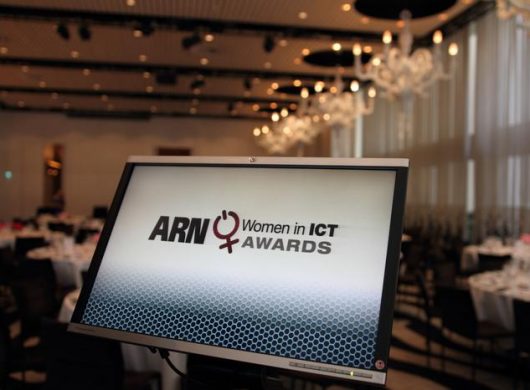In today’s fast-paced digital landscape, businesses are constantly seeking ways to stay ahead of the curve. One of the key enablers of this transformation is the transition from legacy to modernised infrastructure. By focusing on foundational processes and technology, organisations can effectively leverage the power and agility of hybrid cloud. Flexible and scalable infrastructure enables business to focus on delivering business value and rapidly unlock new opportunities and value from their investment.
What’s Holding Transformation Back?
Despite the clear benefits, many organisations still struggle with their transformation journeys. Legacy systems, outdated processes, and a lack of scalable operations are some of the common barriers. Focus should be on implementing adequate training as a first step. This is to ensure that core knowledge in modern infrastructure and processes is on hand to avoid costly early strategic errors.
Cameron Harding, Outcomex Compute and Storage Principal Architect, says: “So, if the right infrastructure, the right processes and the right people are not in place then distribution of workloads to the right platform and cost management can become a cause for delay whereas in an effective modernised infrastructure those same tasks such as deploying virtual machines or containers at scale become day to day operations.”
Organisations often take an approach of building different silos for each workload type without taking a foundational approach. This approach leads to a proliferation of independent stacks and a high management, resource and cost overhead. Businesses are advised to avoid this approach and to instead focus on an infrastructure plan that is predicated on a consistent, flexible architecture that is also supported by consistent operational processes.
Says, Chris Gascoigne, Cisco Principal Solutions Engineer, APJC Cloud and AI Infrastructure:
“Fundamentally, what we want to get from our modernised infrastructure is a consistent architecture and platform that is adaptable and flexible to all of these different workload types and locations as well, across data centres cloud and increasingly at the edge as well, being able to have that sort of consistency and flexibility across all the different places with all different types of workloads without having the operational costs be multiplied.”
Breaking Free from Legacy Systems and Unlocking Modern Platform Potential
Legacy systems can be a significant roadblock to transformation. Not only are they often rigid, costly to maintain and unable to support new technologies, but our experts also encounter an expectation that these need to be retained in parallel with new modern infrastructure.
By breaking free from this assumption and including a plan to migrate legacy systems as part of the modernised infrastructure roadmap, businesses can fully realise the value of their modernised infrastructure investment. Consolidating legacy systems side by side with new applications on the same infrastructure, allow organisations to cater for greater flexibility, scalability, and the ability to integrate with emerging technologies seamlessly.
Explains Cameron: “Quite often the opportunity to modernise that infrastructure gets overlooked due to the necessity of being able to provide for their current infrastructure. Any infrastructure refresh is an opportunity to take advantage of modernisation to provide the different platforms that are more suitable for the various workloads within the organisation. By doing so, you can gain a competitive edge by combining things like automation and container platforms resulting in a more agile infrastructure.”
Building Fit-for-Purpose, Agile, Hybrid-Ready Environments
Organisations should start from the base use cases to be supported to ensure that the environment is fit-for-purpose. Environments should be built to be future ready. With AI certain to play an increasingly larger role in business applications, most organisations should future-proof their environment by ensuring they are at least planned with a view to having the foundations in place to support future AI applications.
“I think I think for anyone planning a change in the Data Centre this year, they would be remiss not to think about AI,” says Chris.
Hybrid-ready environments, which combine the best of both on-premises and cloud solutions, offer both flexibility, resilience and the agility to adapt to future needs. By keeping focus on the specific use cases to be delivered and developing an environment that is future-capable, environments can adapt to changing business needs, scale with growth, and operate efficiently within budget constraints.
Reinventing infrastructure is not just about adopting new technologies; it’s about transforming the way businesses operate:
- Focus on foundational capability across personnel, training, process and infrastructure.
- Ensure your modernised infrastructure plan includes the migration of legacy workloads.
- Keep your business uses cases front of mind from the outset to ensure your infrastructure delivers maximum value.
- Consider likely future emerging requirements like AI in your planning to ensure your environment is future-proofed with the ability to deliver these types of workloads.
By embracing the cloud, fostering the paradigms of consistency and agility, organisations can overcome the barriers of legacy systems and unlock their full potential. The journey may be challenging, but the rewards are well worth the effort.

As a Cisco Gold partner, we have a deep understanding of the entire Cisco portfolio and are dedicated to pass our experience on to our customers, making sure they receive the best product recommendations and services to meet their requirements.
We are honoured to have been named Cisco’s ANZ Partner of the Year in 2023 and take great pride that we are one of only three ANZ partners that are Cisco Master Security Certified.
Interesting in learning more?






